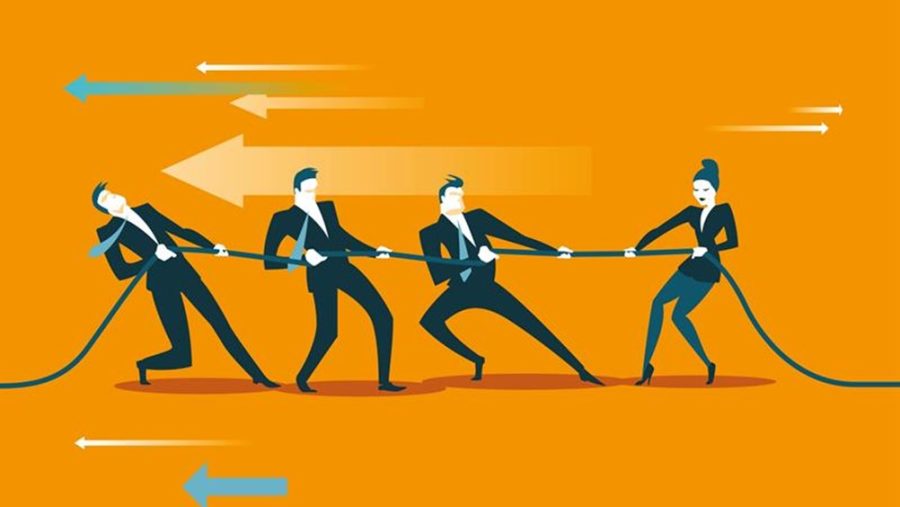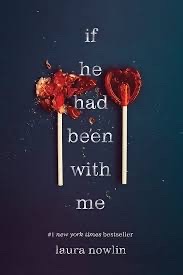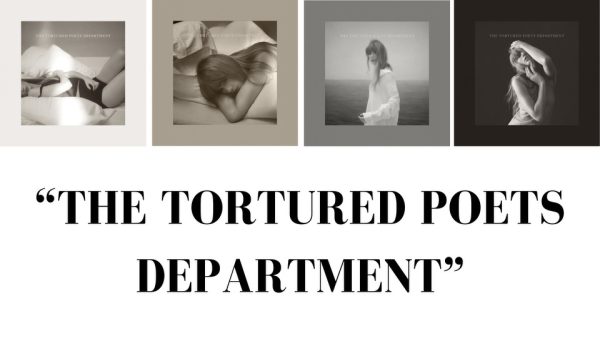Sexism In the Film Industry
May 3, 2022
From an early age, it’s always been easy for me to see the difference in men and women when it comes to the film industry. Whether it’s how the actors are treated or how their characters are portrayed, most of the time there’s an obvious difference. We’ve all seen the overdone “damsel in distress” trope. The woman needs to be saved and, conveniently, it’s almost always by a man.
Cartoons
Growing up watching movies definitely has an effect on how kids and teens see the world. For example, some of the earlier Disney movies don’t provide too many women who are successful without a man. Looking at films like Tangled, Snow White, Cinderella, or Aladdin, there are some repeated messages. All of these movies display a princess who is either in danger or trapped and only gets a happy ending when the prince comes to save her.
In Tangled, Rapunzel is unhappy because she has been trapped in her tower for years. She is only able to escape when a man climbs to her and “rescues her”. In Snow White and the Seven Dwarfs, Snow White runs away from her evil stepmom and meets seven dwarfs who she offers to take care of. Her stepmother returns and poisons her before she is saved by a kiss from a man. In Cinderella, Cinderella is forced to do all the chores by her stepmother and stepsisters. She’s almost like slave to her family until she sneaks out to aball and meets a man who ends up saving her. Lastly in Aladdin, Princess Jasmine doesn’t want to marry but is being forced into an arranged marriage by her father. Her soon-to-be husband, Jafar, is an evil man and she is saved from the marriage when she falls in love with Aladdin. He turns Jafar into a Genie and that’s when Jasmine’s father finally realizes that she should have the freedom to marry whoever she wants.
All of these movies follow a pattern that indirectly says princesses can’t live “happily ever after” without a man. They are only happy after they marry a man and none of them have a healthy relationship with any other women. All the princesses also subtly send out a message to young girls that they can only attract men if they are able to achieve impossible beauty standards. Although it heavily stereotypes women, it also presents some negative male stereotypes. It sends a message to boys that they have to be strong and charming in order to attract a girl. Likewise, boys learn that women are trophies to be won and that they can only marry women.
Does this mean children shouldn’t watch Disney movies? Of course not, but children should also be taught about the negative stereotypes and that they don’t have to follow them.
Teenage Audiences
It’s no shocker that people aren’t going to be watching the same shows they watched as a child for the rest of their lives. During adolescence, their interest will start to branch out and media will become a bigger part of their lives. Just like in cartoons, sexism presents itself in films for older audiences.
The portrayal of plus-sized women in films is very poor. In a lot of films, these women are shown to either obsess over their weight or act as comic relief. They are depicted as less feminine or less beautiful than the rest of the female characters. In 2020, there was not a single plus-sized female protagonist in any of the top 50 grossing movies of the 21st century. Along with that, the “I’m not like other girls” character is overused and boring. These girls only appeal to men because they let men say and do almost anything they want, as well as present masculinely. There’s nothing wrong with women being masculine, but this particular female stereotype uses masculine women to put feminine women down. They could hear a man say the most offensive joke and it would be okay since the girls are “different and can take a joke”. It pushes out the idea that men will only want women who let men walk all over them. Another largely seen stereotype is women who just act as a prize for men to show off. They’re characterized as gorgeous girls who lack any real characteristics. They’re just there for their boyfriends to say, “Look at how gorgeous my girlfriend is”.
These stereotypes are illustrated in films to either show “female representation” or to appeal to the male gaze. They don’t accurately depict the majority of women. It’s unnecessary to compare women to each other in film and it doesn’t need to be repeated.
Source:
https://mmay3.medium.com/i-feel-pretty-and-unseen-3fac686b8188











